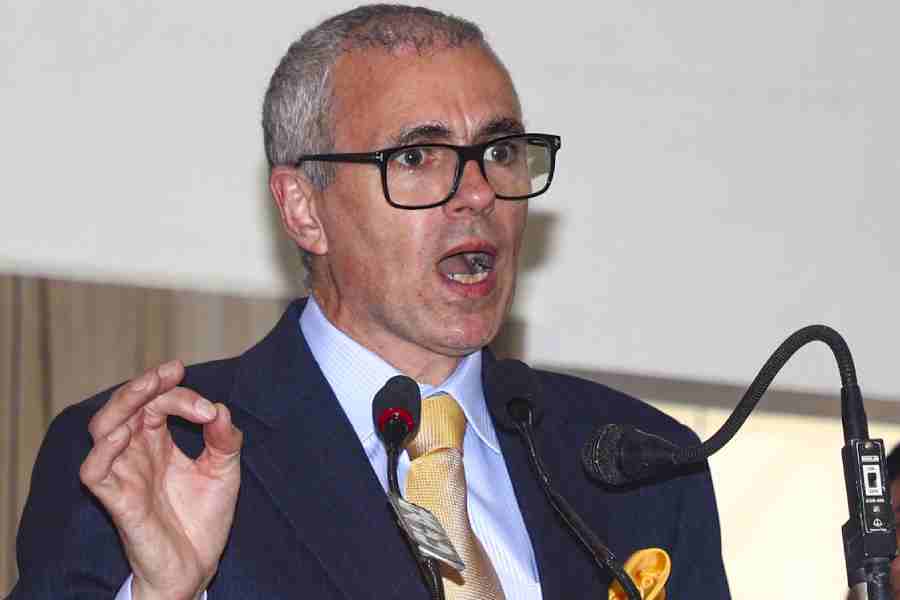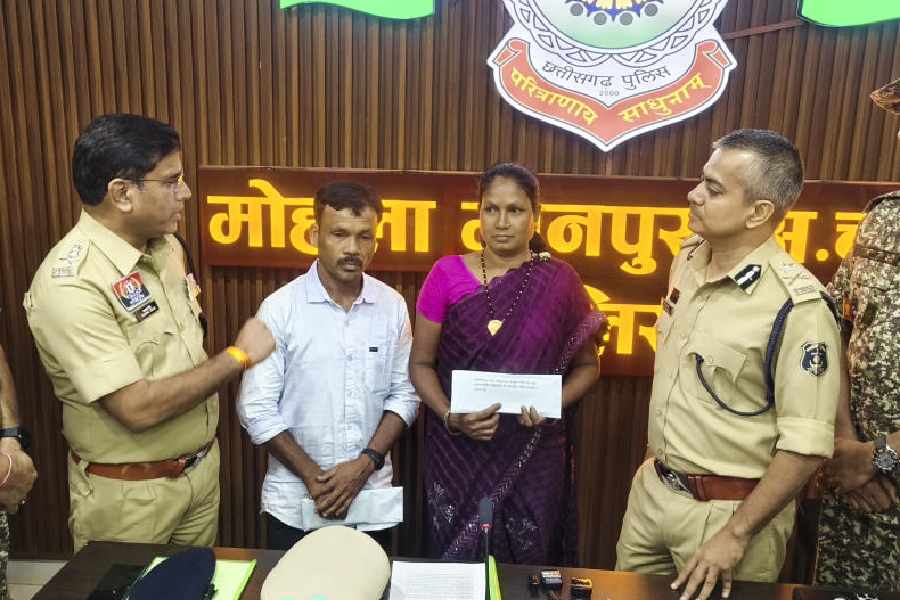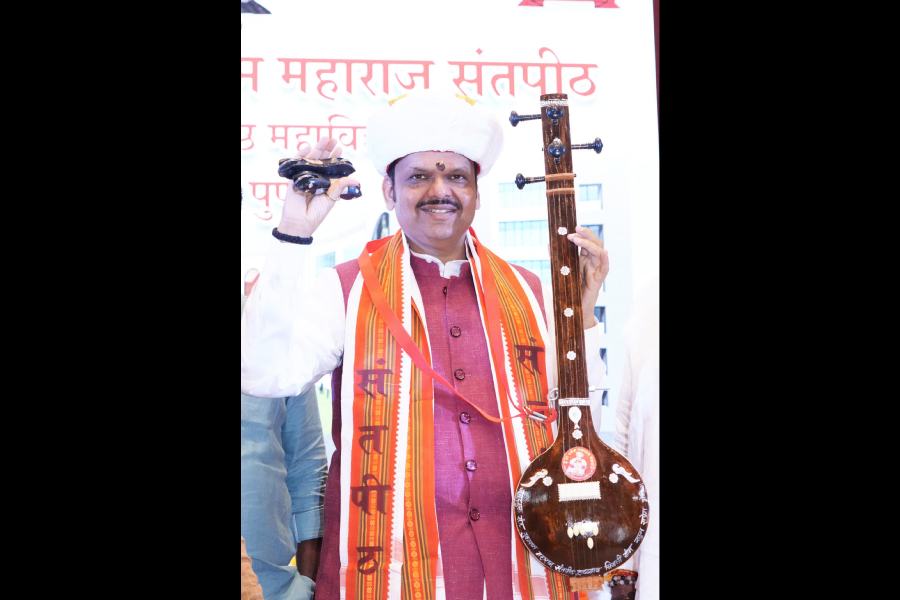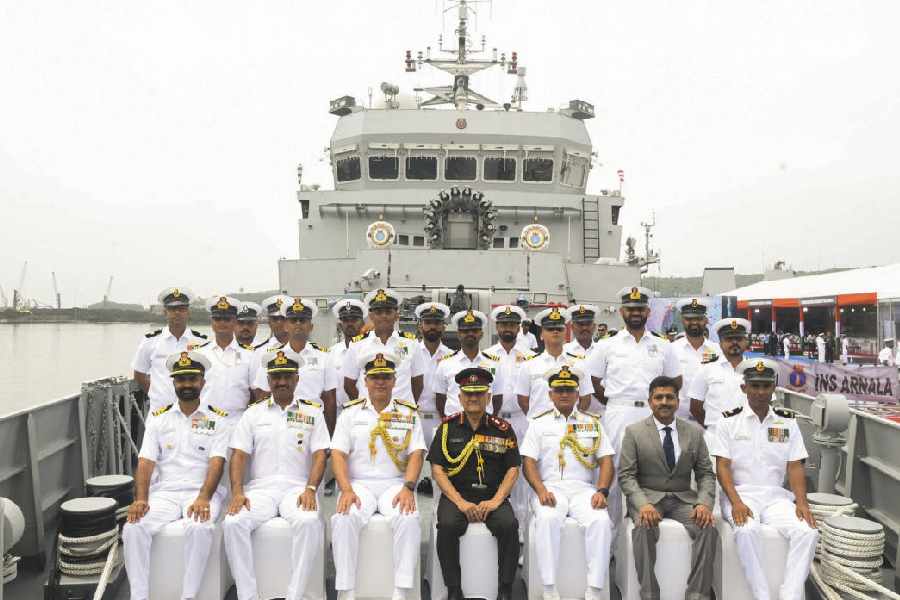 |
The Mamata Banerjee government will try something unique on Sunday. Transport minister Madan Mitra and representatives of autorickshaw unions will hold a meeting at Khudiram Anushilan Kendra in an attempt to discipline the way over 30,000 autorickshaws run in Calcutta. The items on the agenda — from fixing fares to regulating routes — are exhaustive.
A transport department official said it was the first time since autorickshaws started plying in the city — in the 1970s — that the government was attempting to define the rules of the game for the sector which provides livelihood to at least 2 lakh people in Calcutta.
Back-of-the-envelope calculations suggest that at least 20 lakh people use autorickshaws for their daily commute. In the absence of an effective urban transportation network, the autorickshaws have become an indispensable option.
Before the government and the leaders of the auto unions sit down for the talks, The Telegraph focuses on some of the issues that both sides need to consider.
Almost all the three-wheelers that ply in the city run on clean fuel, auto LPG, since an August 2008 high court order.
Auto gas is a high-octane fuel obtained from natural gas and from crude oil and is marketed by Indian Oil Corporation, Hindustan Petroleum and Bharat Petroleum. It is among the few petro products whose price is not regulated by the government. “Prices of auto LPG change in line with international crude oil and LPG prices,” an Indian Oil official said.
Prices of domestic LPG, used for cooking at home, are regulated. But, like the price of LPG for commercial use, that of auto LPG is market-driven.
“Had auto LPG been sold at the same subsidised rate as cooking gas, its price would have been Rs 27.4 a litre, instead of the Rs 53.05 a litre being charged now,” said a city-based economist.
The price of auto LPG has gone up by over 41 per cent in the past year. The rise, auto drivers claim, has made their business unviable.
Dibyendu Das, an autorickshaw driver in north Calcutta, said he needed six litres of auto LPG daily to ferry passengers between Jorabagan and Ultadanga. “My daily fuel cost has gone up by Rs 60 in the past month,” he said.
Das claimed his daily take-home of Rs 200-250 has come down to Rs 160-170 following the hike in the LPG price.
Some auto drivers on other routes said the daily earnings quoted by Das could be on the lower side as drivers were earning in excess of Rs 300 a day.
Whatever the estimates, there is little doubt that the incomes of auto drivers have shrunk in the last few months even though they have raised fares between Re 1 and Rs 2 on several routes since the rise in fuel prices.
However, it is also a fact that many had reaped super-normal profits before the high court order as a majority of autos were using katatel – an adulterated, cheap and toxic fuel – till 2009.
Autorickshaws not only compete among themselves for commuters, they also face a challenge from buses, Metro trains and taxis. If the fuel economy of the other available transport options is considered, there is little doubt the auto operators are facing a disadvantage.
Buses and taxis run on diesel, the price of which has increased by less than 9 per cent in a year. Besides, the government subsidises oil-marketing companies to the extent of Rs 14.36 a litre. This means, without the subsidy, each litre of diesel would cost Rs 58.10 — Rs 5 more than the price of auto LPG.
An in-built subsidy — more because of policy that disallows hikes — has retained the minimum Metro fares at Rs 4 for over a decade.
“We charge Rs 7 from Ruby to Gariahat, covering 5km. On a bus, for a similar stretch a passenger pays Rs 4. A Metro commuter too pays the same amount,” said Niranjan Saha, an auto driver. “With the rise in the fuel price, we need to be allowed to carry a passenger more. Just raising the fare may not serve our purpose.” Conversations with bus and taxi operators and a scan of their income and expenditure patterns suggest the minimum bus fare would be Rs 9-10 and taxi fare Rs 35 if diesel were sold without subsidy.
This means that one arm of the government has deregulated auto LPG and is allowing oil companies to charge the full amount from auto drivers while the other arms are subsidising buses, Metro trains and taxis. Even the top end of the transport chain — plane services run by Air India — are indirectly using some government assistance. All of which means that the much-maligned auto driver of Calcutta, by paying the full LPG price, is actually doing his bit to keep subsidised buses, Metro trains and plane services in business.
Normally, governments are not expected to set the price of commuter services. The market has a way of arriving at rates that will make business unviable if they are too greedy or if customers are too tight-fisted. But such perfect situations do not exist here — as the widely skewed and subsidy-tilted transport sector shows.
If someone can properly explain the principles of market economics to the auto union leaders, they will immediately demand a level playing field and urge the government to withdraw subsidy on diesel and also urge rail minister Mukul Roy to recover the actual cost of travel from Metro users.
A welfare state, however, cannot always follow the logic of market and proponents of social justice will argue the need for subsidy in public transport. “Fairness demands that public transport has to be owned by public to merit subsidy and ordinary tax payers cannot be forced to bear the subsidy burden for people owning a fleet of buses,” said a city-based economist who did not wish to be named.
As the real world is characterised by imperfections, the optimum answer will lie somewhere in between.
Some may argue that Mitra should be congratulated for at least making an attempt to define the rules of the game governing the autorickshaws.
He may try to fix fares and tell auto drivers not to take more than three passengers. The minister should also remind the drivers to follow traffic rules and not to park their vehicles anywhere they wish.
Given their desperation, the auto drivers may agree to all the directives if Mitra allows them to raise fares, which will give them the legitimacy to ask for more from passengers.
The problem will start thereafter, said a senior police officer.
“They (auto drivers) have the habit of flouting rules. They hit the streets whenever the police take action against them… They have arm-twisted the government to convene a meeting and the government has walked into the trap,” said the officer.










